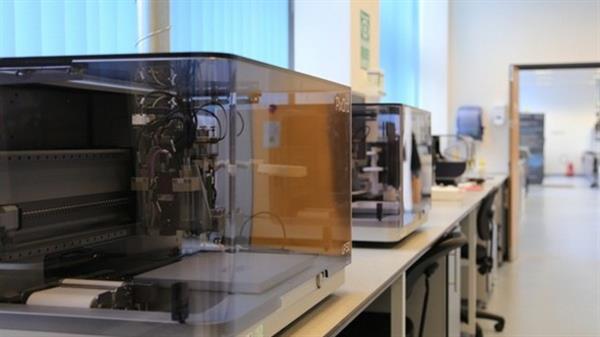Researchers are currently printing food, that’s nothing new. But they are very limited in the choice of materials, primarily using paste materials. With a new technology it should be possible to use different powders and cellulose a building structure for the powder.
Last week a conference specially dedicated to 3D printed food was held in Venlo, Netherlands where a full delicious five-course meal was printed. But even despite the recent development, printing food is limited to paste materials, with water as base. As alternative there is melting the food, that’s done with chocolate for example.
Dr. Jennie Lord, manager on the EPSCR (Engineering and Physical Sciences Research Council in UK), has now introduced a new idea how to print food. Cellulose should be used as connecting material between powders to create also “stable” food (material similar to carrots). Cellulose is also in the nature and we already eat it in vegetables. On the University Nottingham, Sonia Holland is working on exactly this technique but the structure of cellulose still causes problems.
If the new research is successful there will be a series of new printed food materials. But now the printing of food is still in infancy and it will take a while until it reaches the point where it could be sold to everyone.
Subscribe to our Newsletter
3DPresso is a weekly newsletter that links to the most exciting global stories from the 3D printing and additive manufacturing industry.






















